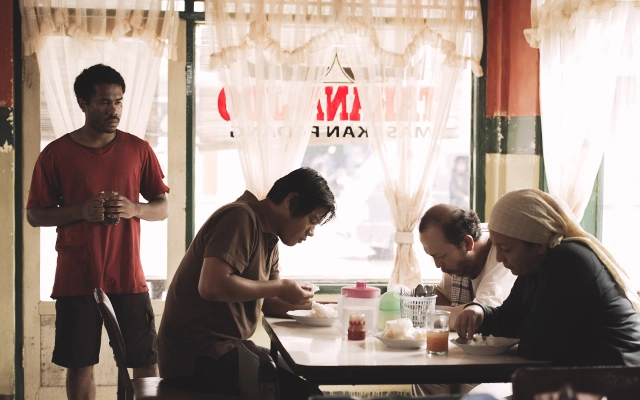
Rendang: Spicy Meat Dish Slow-Cooked in Coconut Milk & Spices
admin
- 0
littlecellist.com – Rendang is a classic dish that hails from the Minangkabau ethnic group of Indonesia, particularly from West Sumatra. Renowned for its rich flavors and tender texture, rendang has gained international acclaim and is now enjoyed in many parts of the world. This article delves into the history, preparation, and cultural significance of this iconic dish.
History and Cultural Significance
Originally from Indonesia, rendang is not just a meal; it is a part of the cultural fabric of the Minangkabau people. Traditionally, rendang was prepared for ceremonial occasions and gatherings, symbolizing the community’s generosity and hospitality. Over time, rendang spread to neighboring countries such as Malaysia, Singapore, and Thailand, each adapting the dish to local tastes while retaining its essence.
Ingredients and Preparation
Rendang is typically made with beef, though chicken, lamb, and even jackfruit versions exist. The dish’s distinctive flavor comes from the slow cooking process, which melds the meat with a complex blend of spices, including lemongrass, galangal, garlic, turmeric, ginger, and chilies. The key ingredient, however, is coconut milk, which imparts a rich, creamy texture to the dish.
The preparation of rendang is labor-intensive and time-consuming, often taking several hours to cook. The dish is simmered over low heat, allowing the flavors to develop and the liquid to evaporate, resulting in a thick, flavorful sauce that coats the meat. This slow-cooking method not only tenderizes the meat but also enhances the depth of flavor, making rendang a truly memorable culinary experience.
Variations and Adaptations
While the traditional beef rendang remains popular, various adaptations have emerged. In Malaysia, for example, rendang tok is a version that is drier and often darker due to the use of additional spices. In Thailand, rendang may be infused with local herbs and spices, creating a unique variation that caters to Thai palates.
Additionally, vegetarian rendang options have gained popularity, using ingredients like jackfruit or tofu as substitutes for meat. These adaptations allow more people to enjoy the rich flavors of rendang, regardless of dietary preferences.
Enjoying Rendang
Rendang is typically served with steamed rice, but it can also be accompanied by nasi lemak (coconut rice) or ketupat (rice cakes). Its versatility makes it suitable for both everyday meals and special occasions, where it often takes center stage.
In conclusion, rendang is a dish that embodies the essence of Indonesian cuisine: rich in flavor, steeped in tradition, and celebrated across cultures. Its intricate preparation process and bold taste make it a standout dish that continues to captivate food lovers worldwide.


